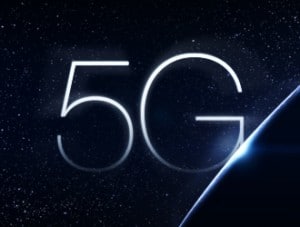- The collaboration will enable the faster introduction of new AI and IoT services
- Ericsson’s RAN technology will be combined with NVIDIA’s graphics processing unit (GPU)-powered accelerated computing platforms
- The companies plan to cater to new services such as augmented reality, virtual reality, and gaming

Ericsson and NVIDIA have announced that they are collaborating on technologies that can allow communication service providers to build high-performing, efficient and completely virtualized 5G radio access networks (RAN). These virtualized networks will enable the faster introduction of new Artificial Intelligence (AI) and the Internet of Things (IoT) services.
What to expect?
Under the collaboration, Ericsson’s RAN technology will be combined with NVIDIA’s graphics processing unit (GPU)-powered accelerated computing platforms, as well as AI and supercomputing.
The companies aim to commercialize virtualized RAN technologies to deliver radio networks with flexibility. It also plans to cater to new services such as augmented reality, virtual reality, and gaming.
“We embrace new platforms where we can continue to innovate and push boundaries to provide our customers with the best possible solutions. With NVIDIA we will jointly look at bringing alternatives to market for virtualizing the complete radio access network,” said Fredrik Jejdling, executive vice president and head of networks, Ericsson.
5G and AI
“5G is set to turbocharge the intelligent edge revolution. Fusing 5G, supercomputing, and AI has enabled us to create a revolutionary communications platform supporting, someday, trillions of always-on, AI-enabled smart devices,” said Jensen Huang, founder and chief executive officer of NVIDIA.
Huang added, “Combining our world-leading capabilities, NVIDIA and Ericsson are helping to invent this exciting future.”











